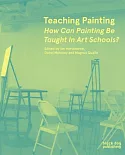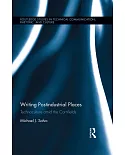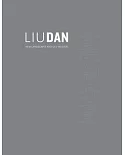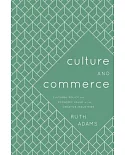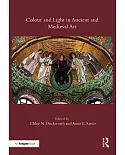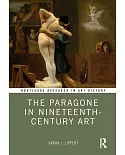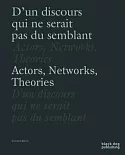For nearly three decades, the J. Paul Getty Museum has played a leading role in the development of seismic mitigation for museum collections. Contributors to this volume--ranging from museum
conservators, mount makers, and historical archaeologists to seismologists and structural engineers--discuss and illustrate a wide variety of earthquake-mitigation efforts for collections, from
the simple and inexpensive to the complex and costly.
The book's essays examine the techniques applied to large collections and to small house museums, to exhibition cases containing objects as well as to monumental works of art and historical
structures. Approaches range from securing and restraining objects to decoupling them from the ground through a variety of base-isolation mechanisms. These pioneering efforts have been
developed in the face of significant challenges since, as any engineer, conservator, or mount maker who has undertaken this work can attest, a small sculpture can often be a far greater
challenge to protect than a multistory building.


